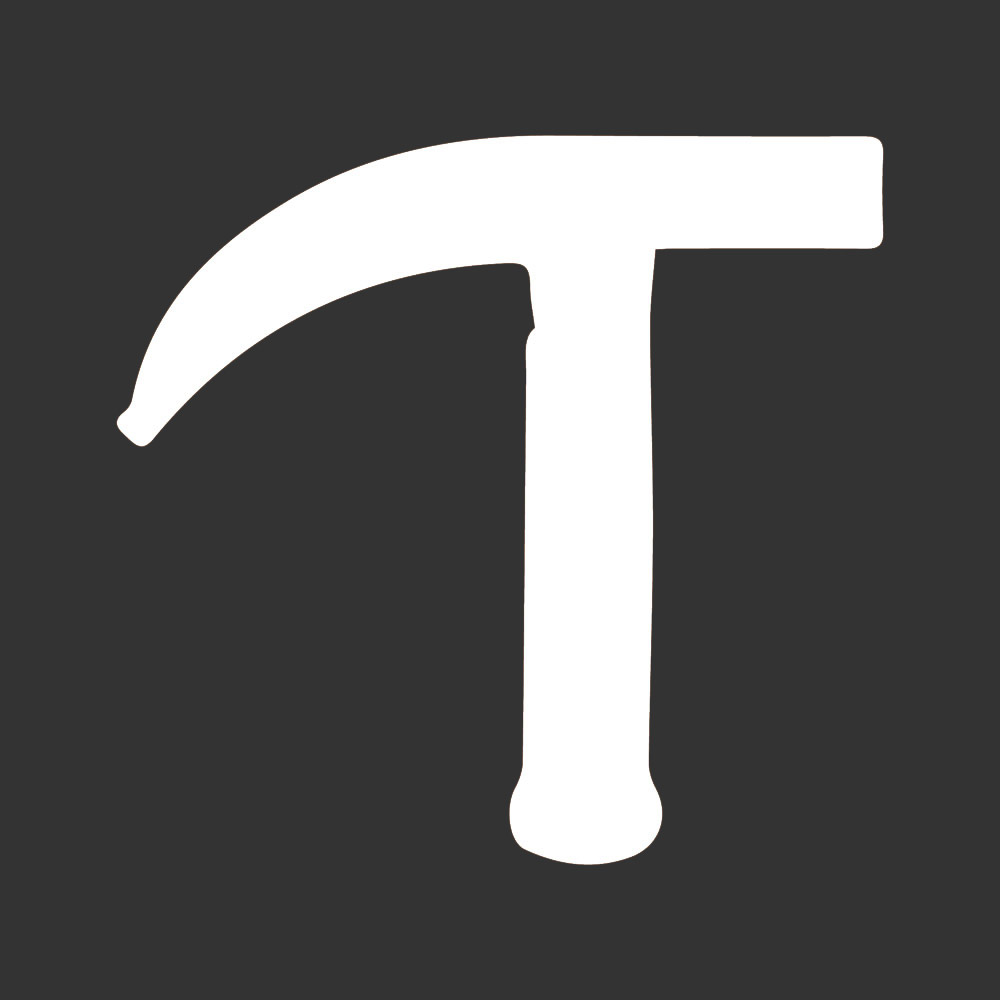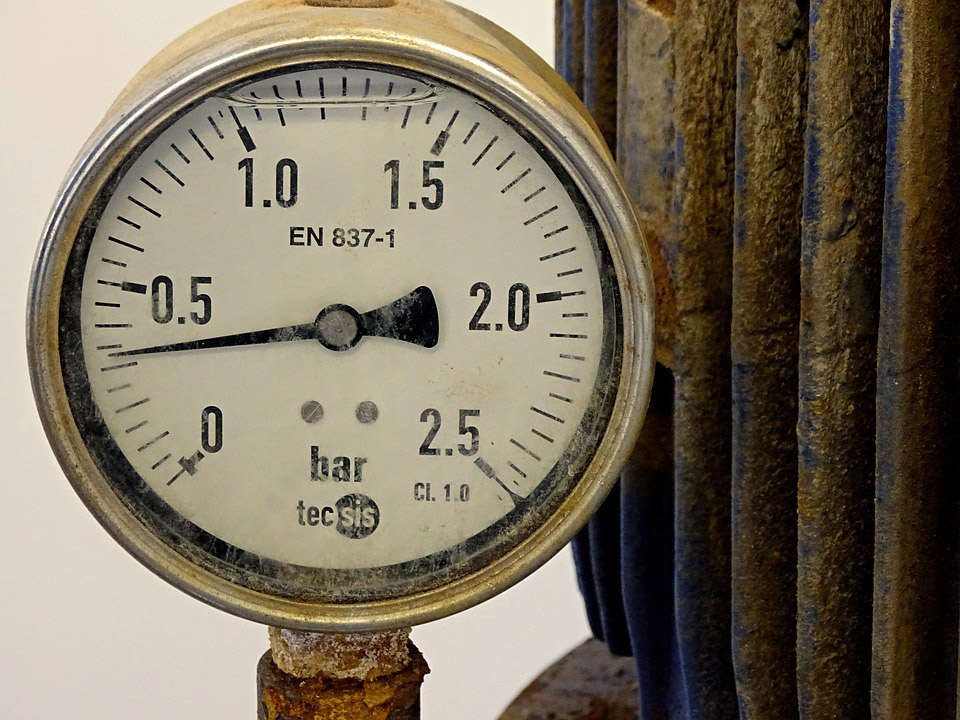Cricoid pressure has been the topic of some debate for a number of decades. In theory placing pressure on the cricoid ring throughout an RSI should occlude the oesophagus and prevent regurgitation of stomach contents into the chest: sounds good!
In order to perform cricoid pressure there has to be pressure placed onto the neck which can distort and potentially worsen the view at laryngoscopy; not sounding so good…
So where did the concept of cricoid pressure come from in the first place? Well it isn’t from the high quality RCT that you might be expecting. Sellick published a case series in 1961 describing 26 patients at high risk of aspiration undergoing anaesthesia, 23 of whom had cricoid maintained throughout induction of anaesthesia with no aspiration and a further 3 in whom as soon as cricoid pressure was removed, after securing the tube, were witnessed to have immediate release of oesophageal/gastric contents into the pharynx. This paper is the reason that cricoid pressure became established into practice.
I think we could all admit that the paper isn’t of the highest methodological design, but that doesn’t mean that cricoid pressure isn’t of benefit to our patients at risk of aspiration undergoing anaesthesia. So what do the authorities have to say on matter? The Cochrane review in 2015 concluded;
‘…cricoid pressure may not be necessary to undertake RSI safely, and therefore well-designed and conducted RCT’s should nonetheless be encouraged to properly assess the safety and effectiveness of cricoid pressure.’
The Difficult Airway Society (DAS) however holds the opposite stance to Cochrane and states the following;
‘Cricoid pressure should be applied with a force of 10 N when the patient is awake, increasing to 30 N as consciousness is lost… If initial attempts at laryngoscopy are difficult during rapid sequence induction, cricoid pressure should be released.’
So when Birenbaum and colleagues published a RCT of cricoid pressure versus a sham in JAMA Surgery recently it certainly got a lot of peoples attention. So what did they do?
Well this was a non-inferiority trial, so essentially they attempted to prove that a sham (no cricoid pressure) resulted in no worse outcomes compared to performing cricoid, this was done with respect to their primary outcome of pulmonary aspiration. It was a multicentre trial in France and included patients requiring endotracheal intubation for any type of surgical procedure. They enrolled only those who they would consider to have a full stomach, so those not fasted or with risk factors for aspiration, for example a BMI over 30 or being post partum, amongst many others.
The study was powered in such a way that the sham procedure was deemed to be non-inferior as long as aspiration did not occur more than 50% more frequently in the sham setup with comparison to the cricoid arm and they did this against an anticipated aspiration rate of 2.8%, seen in a previous paper from Martin.
So what did they find? Well this was a pretty sizeable study with nearly 3,500 patients included. They saw an aspiration rate of 0.6% in the cricoid arm and lower than that in the sham arm at 0.5%. But when they looked at the 95% confidence intervals, these spread past the point of non-inferiority and essentially led to a negative trial outcome. So, despite the rate of aspiration being lower in the sham arm the study did not show with statistical significance that not applying cricoid was non-inferior to applying cricoid…that’s a lot of nots!
So why might that be? Well the confidence intervals for aspiration rates were wide, and included the possibility that the sham procedure could lead to an aspiration rate 50% higher than cricoid. If we look back to the paper on which the power calculation was based we might find out why these confidence intervals were wide. In the paper Martin et al demonstrated an aspiration rate of 2.8%. This contained a heterogeneous group of patients, 45% of whom were receiving tracheal intubation due to cardiac arrest, a group in which aspiration is more common. Having chosen a reference paper with a comparatively high aspiration rate leads to a smaller population required for the study from the power calculation. However, having played out to be a far smaller incidence of aspiration in this study, it leaves the paper underpowered and at a real risk of a type 2 error, i.e. to make a conclusion that the sham is not non-inferior when actually it is. Had the power calculation been based upon a lower incidence rate, the numbers to recruit would have been higher and led to a more precise result.
But lets have a think about the other trends they noted.
The authors looked at the Cormack Lehane grade of view and found a significant increase in difficult views obtained at laryngoscopy (grade 3 and 4) in the cricoid group at 10% vs only 5% in the sham arm. Historically the advocates of cricoid pressure have cited the reason for a worse view as cricoid being applied incorrectly. However, in this study the training surrounding cricoid pressure was rigorous and likely to be far superior to commonplace teaching of cricoid pressure that we see day-to-day.
The study itself deserves a full read. It is a great piece of work and a huge step forward in the evidence surrounding cricoid pressure and was extremely well conducted, but the questions will still remain;
Does this population relate to the cohort we personally are providing advanced airway management for? Does the under powering and essentially negative finding leave this paper in support of continuing cricoid pressure despite the raw numbers? Or will the secondary outcome of the significantly increased rates of grade 3 & 4 views hold sufficient gravitas to see cricoid pressure leave the guidelines in the time to come?
Simon Laing
References
B.A. Sellick, 1961, ‘Cricoid Pressure to Control Regurgitation of Stomach Contents During Induction of Anaesthesia’ The Lancet, vol. 278, no. 7199, pp. 404-406
Catherine M Algie, Robert K Mahar, Hannah B Tan, Greer Wilson, Patrick D Mahar, Jason Wasiak, 2015, ‘Effectiveness and risks of cricoid pressure during rapid sequence induction for endotracheal intubation’, Cochrane Database of Systematic Reviews
Aurélie Birenbaum, David Hajage, Sabine Roche, Alexandre Ntouba, Mathilde Eurin, Philippe Cuvillon, Aurélien Rohn, Vincent Compere, Dan Benhamou, Matthieu Biais, Remi Menut, Sabiha Benachi, François Lenfant, Bruno Riou, 2018, ‘Effect of Cricoid Pressure Compared With a Sham Procedure in the Rapid Sequence Induction of Anesthesia’, JAMA Surgery DOI: 10.1001/jamasurg.2018.3577
Martin, L. D., Mhyre, J. M., Shanks, A. M., Tremper, K. K., & Kheterpal, S. (2011). 3,423 Emergency Tracheal Intubations at a University Hospital. Anesthesiology, 114(1), 42–48.
Tags
Airway · blog · course · cricoid · Difficult · heterogeneous · Laing · Medical · NHS · patients · pressure · significance · Sim · simon · simulation · statistical


Leave a reply